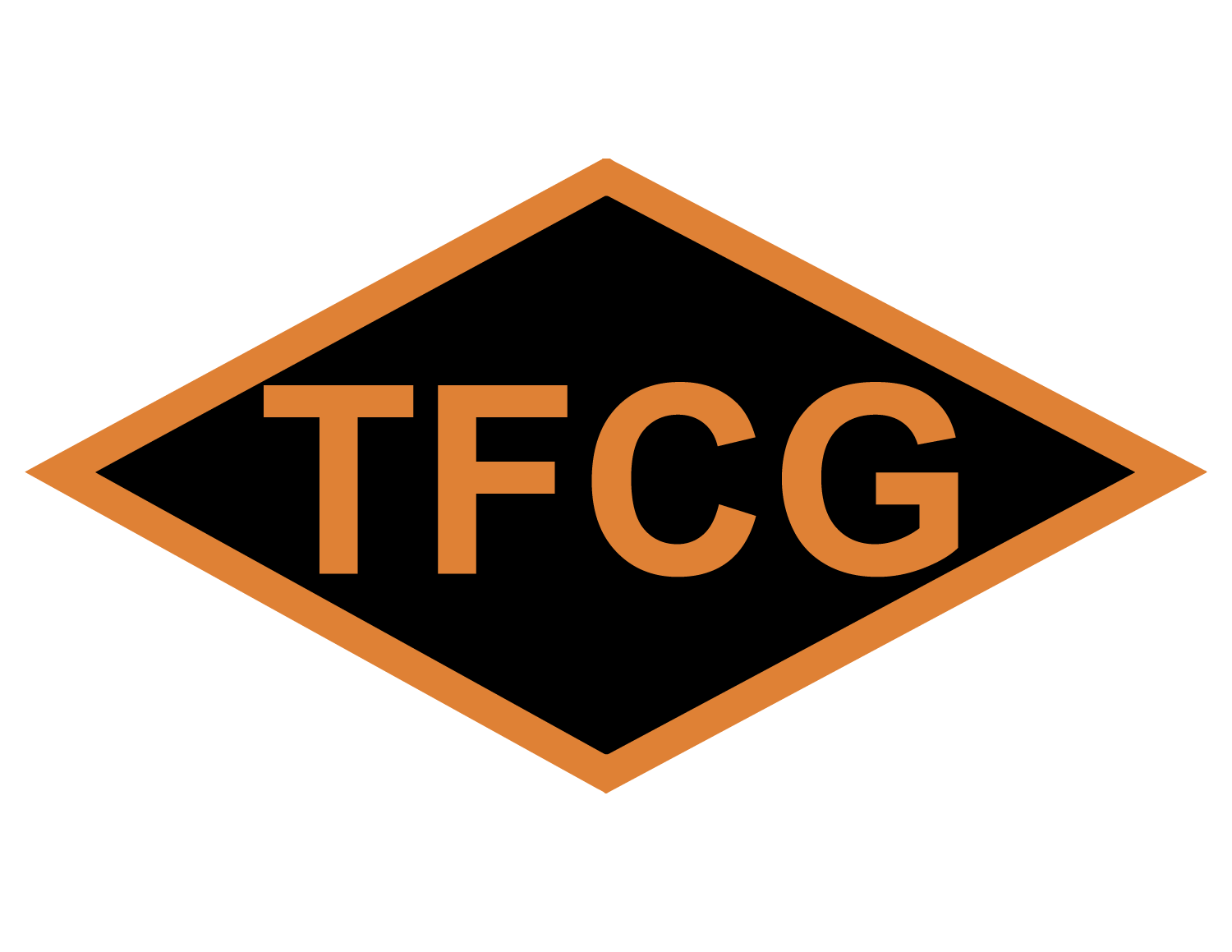MOEs and MPPs (#323)
A group I was recently working with on their leader’s intent struggled with finding a metric for their endstate. They were uncomfortable with using a metric since they were a government organization that provided a service. It’s a common problem for government or non-profit organizations.
One idea to help with finding a metric (especially if your organization isn’t used to measuring itself) is to develop a better understanding of measures of effectiveness and measures of performance. These two concepts are often used interchangeably but serve distinct purposes. Measures of effectiveness (MOEs) focus on the outcomes or results achieved by assessing how well objectives are met in terms of meeting stakeholder expectations or fulfilling the intended purpose. Think about how your or your organization’s action influenced the customer, client, or competition. On the other hand, measures of performance (MOPs) are more concerned with the actions taken to achieve those outcomes, evaluating the efficiency and productivity of processes or activities undertaken to reach the desired results. Think how many times you or your organization did an action.
Measures of Effectiveness: Evaluating the Impact
Measures of Effectiveness (MOEs) provide a view of the success or failure of a project, product, or initiative. They answer the fundamental question: "Did we achieve our desired goals?" MOEs are typically qualitative or quantitative indicators that reflect the extent to which objectives were realized by measuring the overall impact on stakeholders or the target audience. For example, in marketing campaigns, MOEs might include customer satisfaction rates, brand awareness levels, or sales revenue generated as a result of the campaign. Businesses often use revenue or profit as a MOE. These metrics offer insights into how effective the strategies and tactics are on others.
For example, in the picture below there is an assessment of clicks on a web page over the past four months. This is a measure of effectiveness because it is measuring how much the web page influenced a reader to click a button.
Measures of Performance: Assessing the Process
In contrast, Measures of Performance (MOPs) focus on evaluating the efficiency and effectiveness of the processes or activities undertaken to achieve desired outcomes. Typically MOPs measure how much the organization does something — such as customers served, hamburgers cooked, widgets manufactured, or service tickets resolved. MOPs delve into the "how" of achieving objectives, examining aspects such as speed, cost, quality, and resource utilization. For instance, in manufacturing, key performance indicators (KPIs) like cycle time, defect rates, and production output per hour are commonly used to assess the performance of production processes. MOPs help identify areas for optimization, streamline workflows, and enhance overall productivity.
Complementary Roles in Evaluation
While MOEs and MOPs serve distinct purposes, they are interconnected and complement each other in the evaluation process. Effectiveness without performance measures may indicate success in achieving goals, but without insights into the underlying processes. This makes it challenging to replicate or sustain success. Conversely, focusing solely on performance metrics without considering effectiveness can lead to optimizing the wrong aspects of operations, resulting in achieving objectives that do not align with stakeholder expectations. Therefore, a balanced approach that incorporates both measures is essential for comprehensive evaluation and informed decision-making.
Striking a Balance for Success
To leverage the full potential of measures of effectiveness and measures of performance, organizations must strike a balance between assessing outcomes and evaluating processes. This involves aligning performance metrics with strategic objectives, ensuring clarity in defining success criteria, and regularly reviewing and adapting measurement frameworks based on evolving priorities and feedback. By integrating both MOEs and MOPs into their evaluation practices, businesses can enhance their ability to monitor progress, drive continuous improvement, and ultimately achieve sustainable success in today's dynamic and competitive landscape.
Conclusion
Need help developing your leader’s intent? TFCG regularly hosts leader’s intent workshops in Georgia, Alabama, Florida, Tennessee, and South Carolina. Reach out and start the conversation about building your team’s leader’s intent by clicking one of the buttons. We look forward to working with you.

